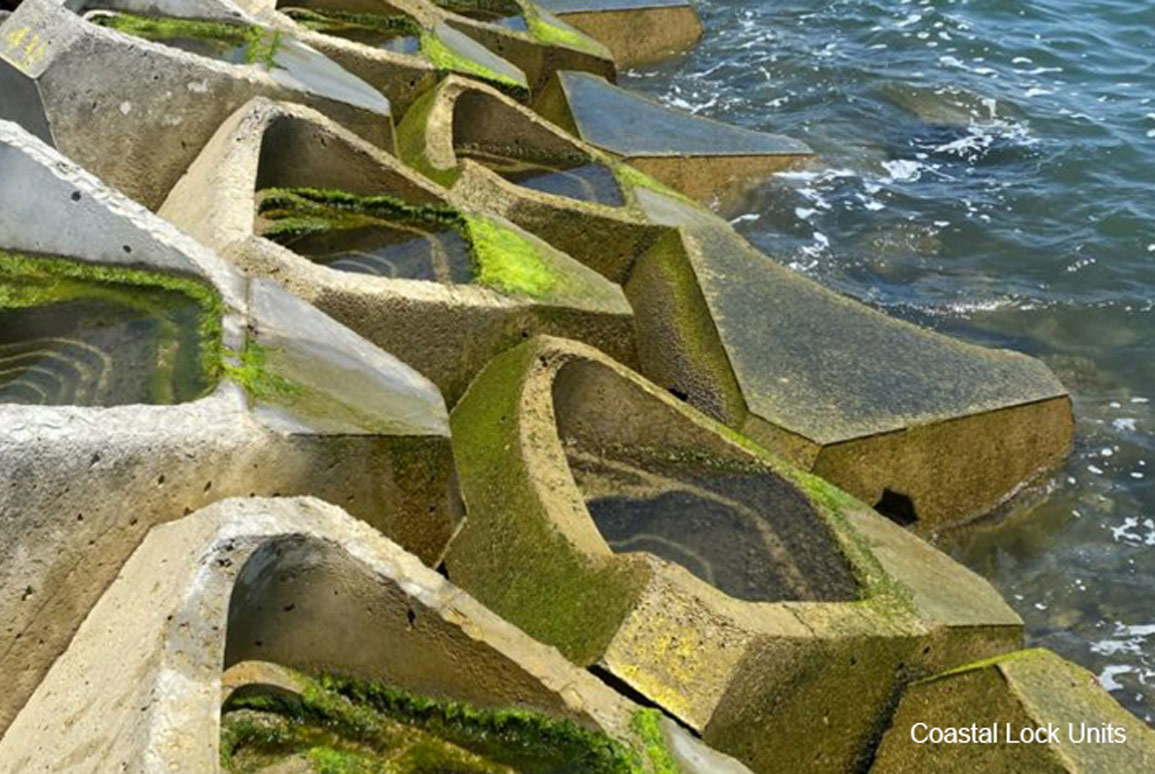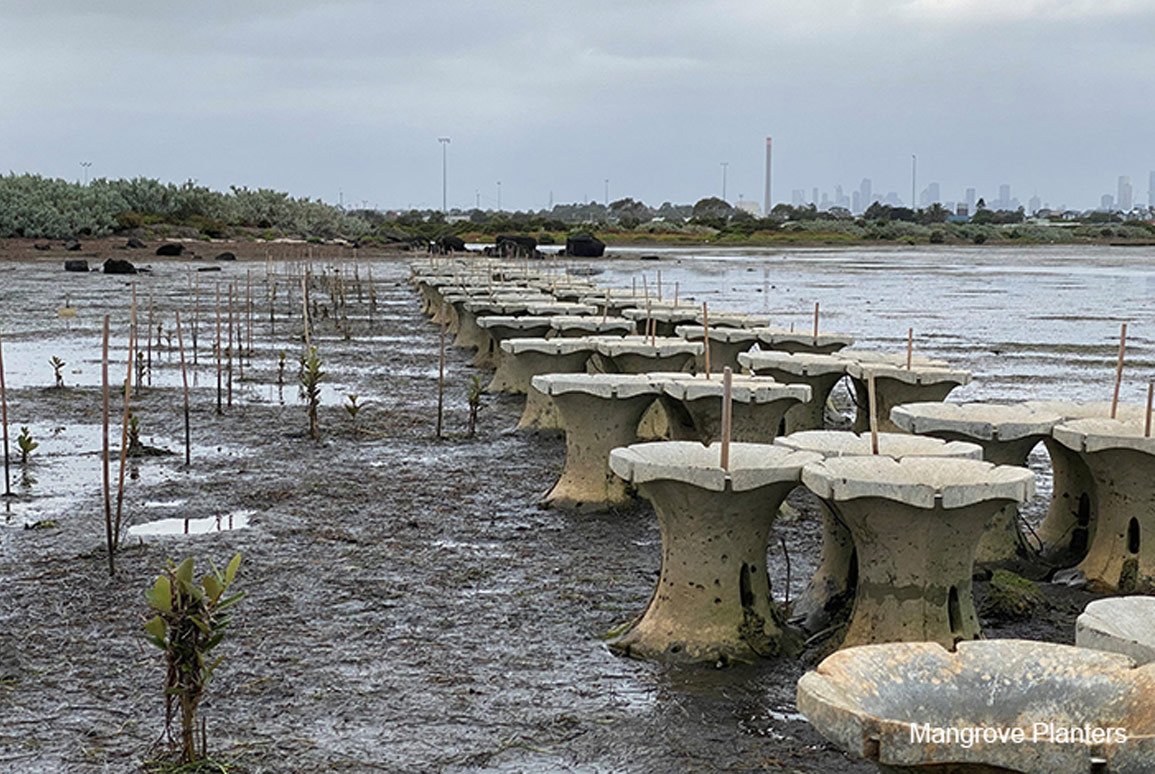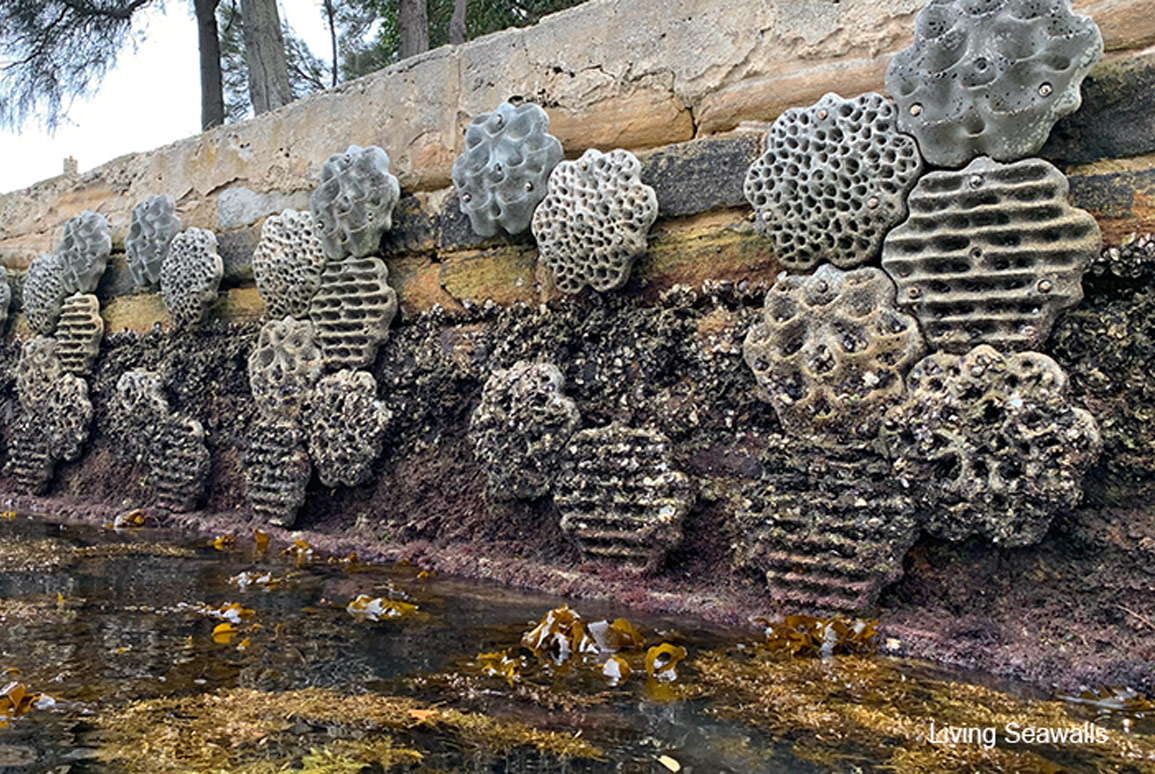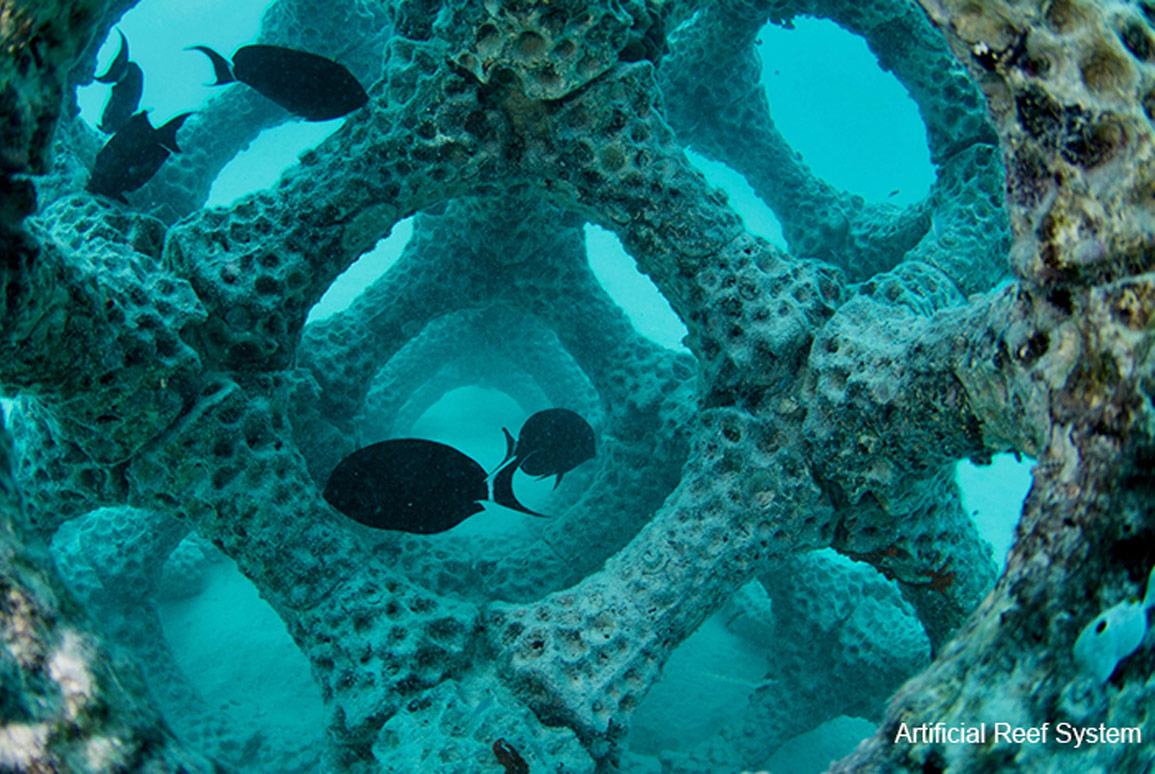Biodiversity Offsetting and Compensation in the Marine Environment
8 November 2021
With more than half of the world’s population living in coastal areas and 80% of global trade carried by sea, marine ecosystems are under ever-increasing pressure from coastal development.

Compounding this is the overexploitation of marine resources and the expansion of industries such as oil and gas, seabed mining, renewable energy, and aquaculture across the oceans, including remote offshore areas.
With marine habitat degradation and conversion to other uses often unavoidable, many countries have developed policies for marine biodiversity offsetting and compensation. Nonetheless, these practices are still emerging mechanisms for marine impact management, even where they are well developed for terrestrial environments. Here we look at why that is the case and explore the challenges and opportunities associated with marine offsetting and compensation.
Offsetting is used when actions to avoid, remedy, or mitigate impacts on biodiversity have been exhausted, with the aim to counter-balance residual adverse effects by enhancing biodiversity elsewhere. The goal of biodiversity offsetting is to achieve a measurable no-net-loss, and preferably a net-gain, of indigenous biodiversity in a like-for-like manner (i.e., the same type of biodiversity is lost and replaced). Unlike offsetting, environmental compensation does not involve a like-for-like exchange of biodiversity and is not designed to demonstrate a no-net-loss outcome. Therefore, compensation is the last resort in the hierarchy of responses against adverse environmental effects.
Marine offsetting and compensation are challenging because it is hard to measure losses and gains of biodiversity in the marine environment. The marine environment is highly dynamic, and its diffuse nature makes it difficult to predict the spatial scale of adverse effects, which may well extend far beyond the project area. Near-shore coastal systems are also under the constant influence of land-generated perturbations, such as sediment and stormwater discharges. As a result, it can be difficult to distinguish project impacts from background noise and to assess the success of offset/compensation measures.

Our ability to accurately measure impacts on marine biodiversity and offset/compensation gains is often restricted even further by the scarcity of baseline information. Even for well-studied coastal and shallow systems, detailed mapping of the distribution of different ecological communities is often not available. Even less is known about the reliance of mobile species on different habitats, which can vary across their life cycles.
Finally, restoration-based offsetting/compensation is costly and often hindered by the lack of suitable habitats and eco-engineering techniques. As a result, active rehabilitation of marine habitats is still far from providing certainty about ecological gains.
Despite these challenges, we are beginning to see an increase in the application of marine offsetting and compensation in New Zealand. In addition to the application of practices common in terrestrial offsets, the uptake of new knowledge developed in other fields is providing more options for offsetting and compensation. For example, efforts to enhance biodiversity, combat sea level rise and coastal flooding, reduce carbon footprint, and improve water quality have led to a rapid development of a range of ‘eco-engineering’ products and ‘building with nature’ solutions that can be implemented to counterbalance biodiversity losses. Examples of these include living seawalls, artificial tide pools, mangrove planters, habitat enhanced concrete armour units, pile jackets and 3D printed subtidal reefs. These engineering solutions are not the only options available. Restoration of mangrove, saltmarsh, seaweed and bivalve habitats are also increasingly implemented and detailed protocols have been developed.
Knowledge gaps and practical challenges means that innovative offsetting approaches are required in the marine environment. For example, reclamation and permanent occupation of marine habitat by artificial structures such as wharfs, seawalls and rock revetments are difficult to offset with equivalence. An example of this was the loss of marine habitat associated with the construction of a shared pathway in Wellington Harbour. For this project, avoidance was not possible; and offsetting in a like-for-like, no-net-loss capacity was also unachievable.

Therefore, Boffa Miskell marine ecologists developed a compensation package which included a variety of habitat-enhancement measures, such as the establishment of 6 ha of mussel habitat on the adjacent subtidal soft sediments, as well as the deployment of living seawalls elsewhere in the harbour. In addition, artificial tidepools and habitat enhanced concrete armour units will be incorporated within the revetment design. Biodiversity monitoring will be carried out and measures of success must be met, to avoid reverting to a contingency compensation measure of 11.5 ha of stormwater treatment for the adjacent state highway.
Our ability to reinstate important habitat-forming species is increasing thanks to research advancements in the field of habitat restoration. A new approach that we have recently investigated is the translocation of a seaweed population that would be affected by reclamation by seeding its spores onto newly-built structures and the habitat adjacent to the project area. This type of approach requires consideration of the time lag between biodiversity loss and gain and of the uncertainty about a no-net-loss outcome. Therefore, trials will be carried out before this method can be relied upon as a like-for-like offset.
Habitat restoration can be much more straightforward when nature simply needs a helping hand. For example, we have recently recommended stock exclusion (through simple fencing) to enhance an area of naturally regenerating saltmarsh in compensation for the reclamation of estuarine soft sediments.
In addition to marine-based solutions, the high connectivity between land and coastal marine systems, often viewed as a challenge, can provide opportunities for offset/compensation interventions targeted at land-based effects. For example, when earthwork sediment discharges are unavoidable, riparian planting can be used to offset this effect once construction is completed. Catchment modelling has allowed us to calculate the amount of riparian planting required in the post-construction phase to capture the same amount of sediment likely to be discharged during construction. This approach also contributes to replacing terrestrial and freshwater habitat that may be lost elsewhere on a project. We have recommended and implemented this on a number of large roading projects.
In conclusion, offsetting and compensation in the marine environment are complex and carry risks and costs, so avoidance remains the most important step for the preservation of biodiversity. Nonetheless, the implementation of innovative approaches can help to overcome some of the current challenges and to secure better environmental outcomes.
Images used with permission: Coastal Lock Units © ECOncrete; Mangrove planters © Alex Goad, Reef Design Lab; Living Seawalls © Maria Vozzo, Sydney Institute of Marine Science; Artificial Reef Mars System © Alex Goad, Reef Design Lab; Operation Crayweed Sydney © John Turnbull, Operation Crayweed; Tidepool © ECOncrete; Pile jackets © ECOncrete.
For further information please contact Dr. Tommaso Alestra





